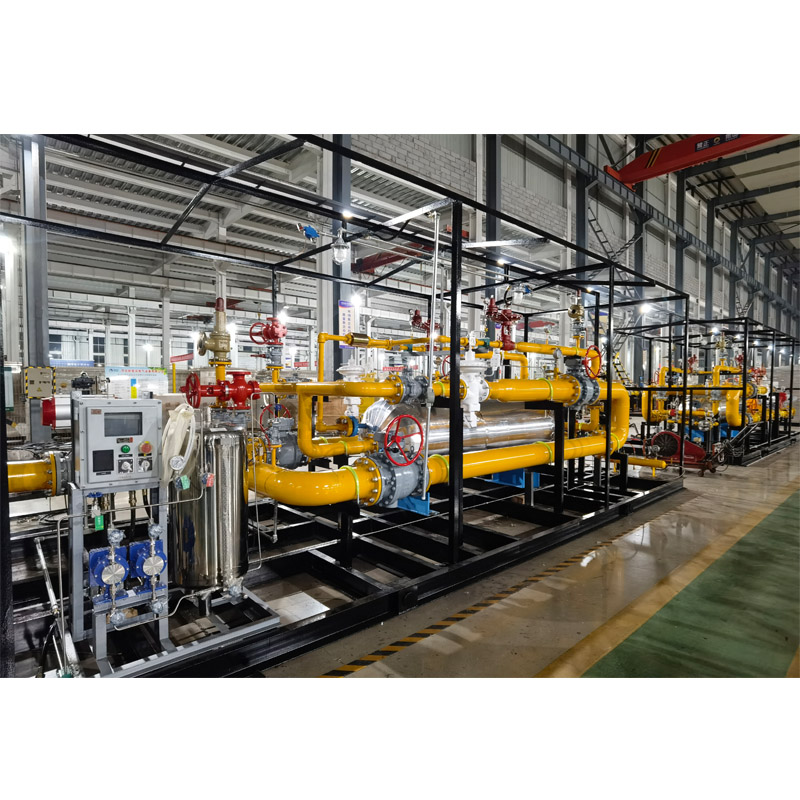
Dec . 04, 2024 16:23
Back to list
shut-off valve
Understanding Shut-off Valves Importance, Types, and Applications
Shut-off valves play a crucial role in various industries, serving as key components in fluid control systems. Their primary function is to either completely stop or allow the flow of liquids and gases, ensuring safe operation and maintenance of systems. This article delves into the significance, types, and applications of shut-off valves, highlighting their essential role in industrial processes.
Importance of Shut-off Valves
Shut-off valves are crucial for maintaining the safety and efficiency of piping systems. They are employed in scenarios where it is necessary to isolate a section of a pipeline for maintenance or during emergencies. By shutting off flow, these valves prevent potential leaks, spills, or explosions, protecting both personnel and the environment. Moreover, they enable quick responses to changes in operation or troubleshooting by allowing sections of a system to be isolated without requiring a complete shutdown.
In addition to safety, shut-off valves enhance operational efficiency. They provide the flexibility needed in complex systems, allowing for easy control and management of fluid dynamics. This flexibility is vital not only for routine operations but also during system failures, where immediate action is essential to minimize downtime and economic losses.
Types of Shut-off Valves
Shut-off valves come in various types, each designed to suit specific applications and operational needs
. The most common types include1. Gate Valves These valves are ideal for on/off control. They have a wedge-shaped gate that moves up and down to either block or allow flow. While they provide minimal pressure drop when fully open, they are not suitable for throttling purposes, as partial opening can cause vibration and wear.
2. Ball Valves Known for their durability and reliability, ball valves feature a spherical disc that controls flow. They offer quick operation, requiring only a quarter turn to open or close completely. Ball valves are preferred in situations where a tight seal is necessary to prevent leaks.
shut-off valve

3. Butterfly Valves These valves utilize a rotating disc to control flow, making them lightweight and compact. They are often used in large diameter pipes and can be quickly operated. Butterfly valves are suitable for both throttling and shut-off applications.
4. Check Valves While not traditional shut-off valves, check valves allow fluid to flow in only one direction, preventing backflow. They are essential for protecting pumps and other equipment from damage due to reverse flow.
5. Globe Valves These valves are primarily used for throttling purposes but can also serve as shut-off valves. Their design allows for precise flow control, making them ideal for applications requiring variable flow rates.
Applications of Shut-off Valves
Shut-off valves are utilized across numerous industries, including oil and gas, water treatment, power generation, HVAC systems, and food processing. In the oil and gas sector, for example, shut-off valves are used to control the flow of crude oil and natural gas through pipelines, ensuring safe transportation and storage. In water treatment facilities, these valves regulate water flow and maintain system integrity by isolating sections for maintenance.
In power generation, shut-off valves are critical for managing steam and water flow in boilers, ensuring efficient operation and preventing catastrophic failures. Similarly, in HVAC systems, they control the flow of refrigerants, contributing to effective climate control in buildings.
Conclusion
In conclusion, shut-off valves are indispensable tools in fluid control systems across various industries. Their ability to prevent leaks, enhance system efficiency, and provide operational flexibility makes them essential for safe and effective operations. Understanding the different types of shut-off valves and their applications helps industries optimize their processes, ensuring both safety and reliability. As technology advances, the design and functionality of shut-off valves will continue to evolve, further improving their performance and expanding their applications in modern industrial settings.
Latest news
-
Safety Valve Spring-Loaded Design Overpressure ProtectionNewsJul.25,2025
-
Precision Voltage Regulator AC5 Accuracy Grade PerformanceNewsJul.25,2025
-
Natural Gas Pressure Regulating Skid Industrial Pipeline ApplicationsNewsJul.25,2025
-
Natural Gas Filter Stainless Steel Mesh Element DesignNewsJul.25,2025
-
Gas Pressure Regulator Valve Direct-Acting Spring-Loaded DesignNewsJul.25,2025
-
Decompression Equipment Multi-Stage Heat Exchange System DesignNewsJul.25,2025

